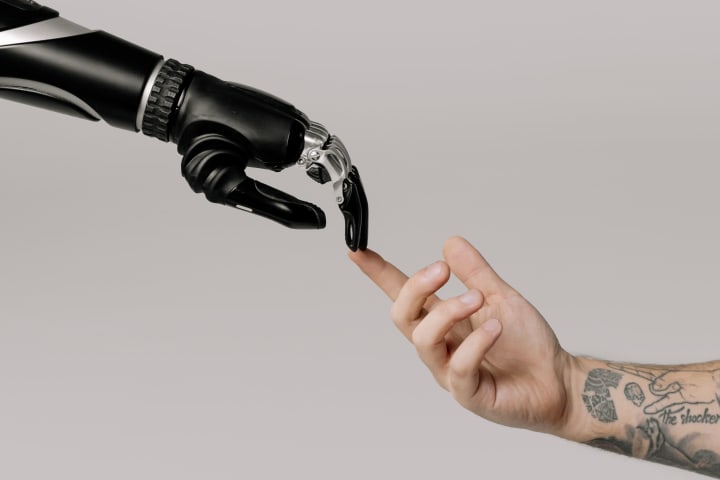ChatGPT: Bridging the Gap between Humans and Machines through Language
Meet ChatGPT

The field of artificial intelligence (AI) has been rapidly evolving over the past few years, and language models have been at the forefront of this revolution. One such model that has been making waves is ChatGPT, an AI language model developed by OpenAI. ChatGPT is based on the GPT-3 architecture and has been trained on a vast corpus of text data, making it one of the largest language models ever created.
One of the most significant achievements of ChatGPT is its ability to bridge the gap between humans and machines through language. Language has always been a crucial aspect of human interaction, and ChatGPT is designed to replicate this interaction as closely as possible. By using natural language inputs, ChatGPT can generate human-like responses that are often indistinguishable from those generated by human beings.

The Power of Language
Language is one of the most fundamental ways in which human beings communicate with each other. It is through language that we express our thoughts, emotions, and ideas. Language also allows us to collaborate, learn from each other, and create new knowledge. As such, language has always been a crucial aspect of human interaction.
In the past, machines were limited in their ability to understand and process human language. However, with the advent of AI language models like ChatGPT, machines are becoming increasingly proficient at understanding natural language inputs. This has enormous implications for how we interact with machines and how we use them to augment human capabilities.

Bridging the Gap
One of the most remarkable things about ChatGPT is its ability to bridge the gap between humans and machines through language. By using natural language inputs, ChatGPT can generate human-like responses that make it easier for people to interact with machines in a more natural way.
This has numerous applications, ranging from customer service to content generation. For example, ChatGPT can be used to provide automated responses to customer queries, reducing the workload of customer service representatives and improving the customer experience. The model can also be used for content generation, where it can generate summaries of text, write news articles, and even generate creative writing.
The ability of ChatGPT to bridge the gap between humans and machines through language also has important implications for education. The model can be used to create interactive learning environments that respond to students' questions and provide personalized feedback. This could revolutionize the way we teach and learn, making education more engaging and effective.
Challenges and Limitations
Despite its many benefits, ChatGPT still faces some challenges and limitations. One of the most significant challenges is the issue of bias. Language models like ChatGPT are trained on massive datasets of text data, which can contain biases and prejudices. If not addressed, these biases can be reflected in the responses generated by the model, leading to discriminatory or offensive output.
Another limitation of ChatGPT is its inability to understand context. While the model can generate coherent and grammatically correct sentences, it can struggle to understand the broader context of a conversation. This can lead to responses that are irrelevant or nonsensical.
Finally, ChatGPT is still limited by the quality and quantity of its training data. While the model has been trained on a vast corpus of text data, it still lacks the depth of knowledge and experience that human beings possess. As such, the model can struggle with more complex or nuanced queries.
Conclusion
ChatGPT is a remarkable achievement in the field of AI language models. By bridging the gap between humans and machines through language, it is transforming the way we interact with machines and the way we use them to augment human capabilities. However, the model still faces some challenges and limitations that need to be addressed, such as bias and context understanding.
Overall, ChatGPT represents a significant step forward in the field of AI and has enormous potential
About the Creator
Mohamed Azharudeen
As a writer, I weave words into stories, crafting worlds to captivate readers and evoke emotions that linger long after the last page.






Comments
There are no comments for this story
Be the first to respond and start the conversation.